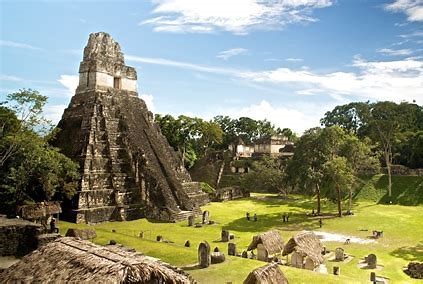History and Art and Culture
Context: Recently, the Mexican President claimed a photo of a tree as a figure from Mayan mythology, as depicted in a historic sculpture from the Mayan civilization.
About Alux:
- According to Mayan mythology, aluxes are small, mischievous creatures that inhabit forests and fields and like to play tricks on people, like hiding things.
- It is believed to live somewhere around the Yucatan peninsula.
- They are typically invisible to humans, although legend has it they are capable of becoming visible when they want to be mischievous or are feeling playful.
- They are also quick in their movements, and some have even been said to have the body parts of other animals including iguanas, deer, macaws, or coati. Other physical descriptions are similar to those of sprites, spiritual fairy-like creatures.
- In some regions, Yucatan locals say Aluxes can appear in more frightening forms, including dark shadows or shapes with glowing red eyes.
- If Aluxes are disrespected or disregarded, they may take on menacing forms to frighten the locals.
About the Mayan Civilization:

- The Maya are indigenous people of Mexico and Central America.
- They have continuously inhabited the lands comprising modern-day Yucatan, Quintana Roo, Campeche, Tabasco, and Chiapas in Mexico and southward through Guatemala, Belize, El Salvador, and Honduras.
- The designation Maya comes from the ancient Yucatan city of Mayapan, the last capital of the Mayan Kingdom in the Post-Classic Period.
- The Maya believed deeply in the cyclical nature of life – nothing was ever `born’ and nothing ever `died’ – and this belief inspired their view of the gods and the cosmos.
- The great pyramids which characterize so many Mayan sites are replicas of the great mountain of the gods known as the Witzob.
- The cyclical nature of human existence is mirrored in the famous Maya calendar.
Maya Calendar
- There are two calendars at work simultaneously in the Maya system: the Haab, or civil calendar of 365 days in an 18-month period of 20 days each, and the Tzolkin, or sacred calendar, of 260 days divided into three groups of months of 20 days.
- The Haab and the Tzolkin work together, like gears interlocking in a machine, to create what is known as the Calendar Round but cannot account for dates farther in the future than 52 days.
Source: THE INDIAN EXPRESS
Previous Year Questions
Q.1) Which one of the following is not a Harappan site? (2019)
- Chanhudaro
- Kot Diji
- Sohgaura
- Desalpur
Q.2) Which of the following characterizes/characterizes the people of the Indus Valley Civilization? (2013)
- They possessed great palaces and temples
- They worshipped both male and female deities
- They employed horse-drawn chariots
Select the correct statement/statements using the codes given below:
- 1 and 2 only
- 2 only
- 1, 2 and 3
- None of the statements given above is correct













